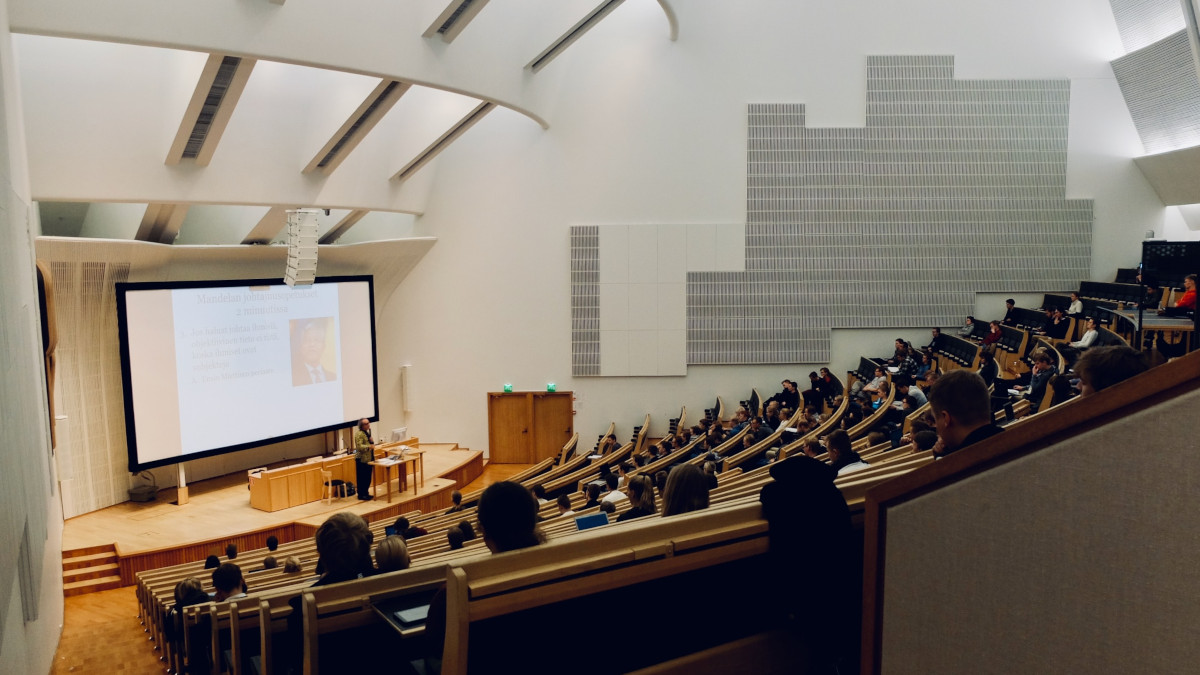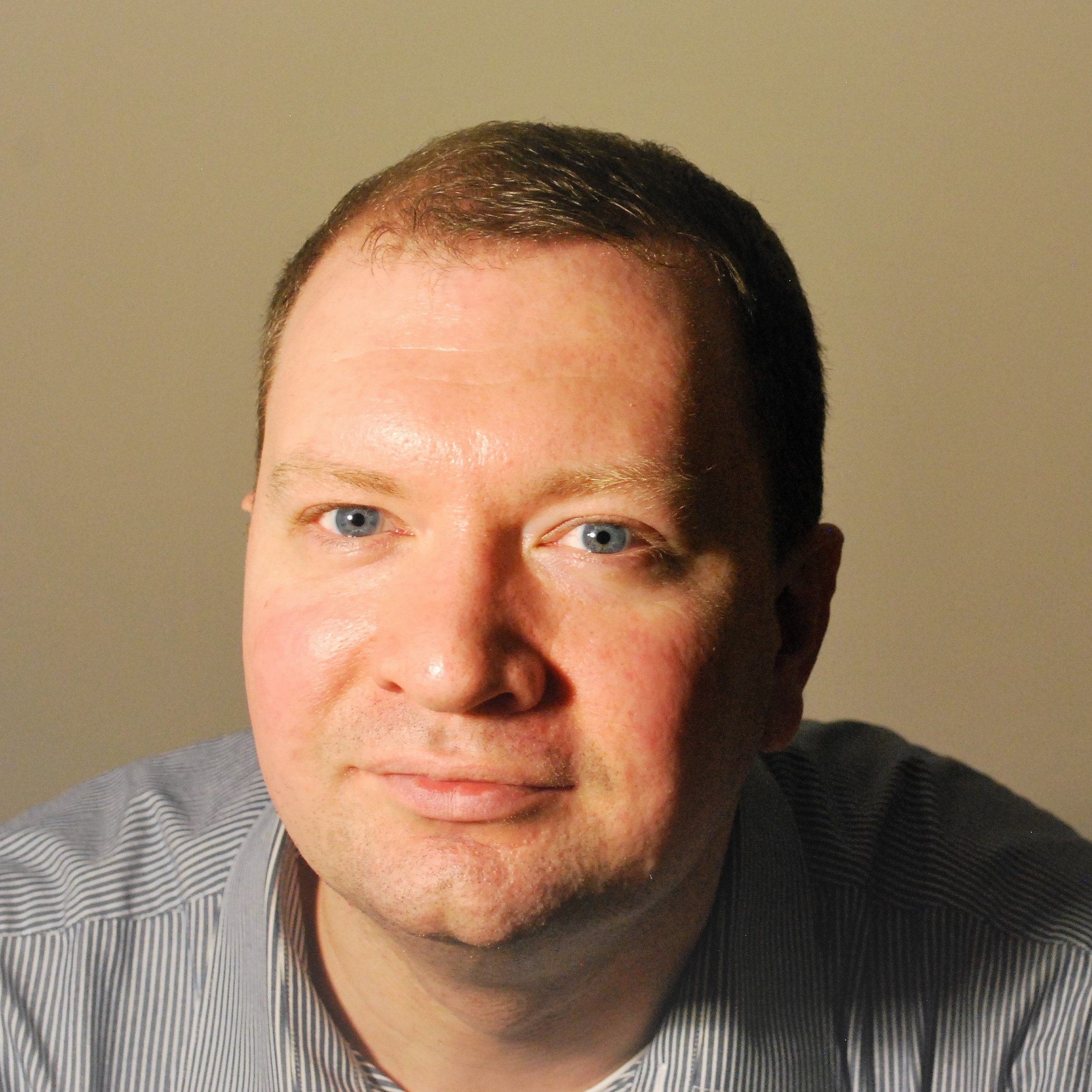Inspirations

What I am about to write should be Part II of my Philosophy post because it had a pretty profound affect on how I thought about my career.
If my memory serves me, all this occurred in one week near the beginning of my senior year at Purdue University.
During a lecture about engineering design, the instructor talked about a conference seminar from the past year where the speaker proposed that design could be described by one equation. Essentially, what he wrote up on the dry erease board was the probability density function from negative infinity to positive infinity. He asked the class to explain the equation and after a couple feeble attempts and one comical attempt he continued to explain my paraphrased version of it:
A designer, whether engineer or other trade, considers all the potential negative outcomes related to a problem they are trying to solve. All outcomes are expressed in this equation and the quality of your design is based on how many and which outcomes your design can accomodate. The more circumstances, as in the greater percent of the area under the curve, that can be addressed then the better the design but it is highly unlikely you will solve all the issues as almost all designs come with tradeoffs.
I was just truly impressed with this seminar.
The other event that week was a seminar with former Dow Chemical CEO, Paul Oreffice. Now, his history as CEO is a bit controversial due to the companies practices in the 1970’s related to chemicals sold to the US Army and other practices but he had an incredible story about his early career. It was a long story but the gist of it was something like:
Be smart with how you view risk. It is something you will have to become astute with managing but if it truly doesn't have significant reprecussions as in harm or moral conflicts then there is not much preventing you for going for it.
This was after he told some stories about risks he took that could have gone either way but in the end worked out for him or had negligible impact but provided him great experience for tasks he later faced. With that all being said, this also prompted several questions about ethical business practices which he provided a answer to.
Lastly, I have an honorable mention memory from that week. My controls class began each lecture from the first week to the last week with listing the 5 most important parts to an engineer’s job. Number one was the only emphasized selection every time and the topic was Safety. The lecture I remember the most was about the tragedy that occured at the Union Carbide plant in Bhopal, India in 1984. A preventible accident occurred where a toxic gas cloud was released and passed over a highly populated, incredibly poor area just outside the facility gates. Thousands of people died immediately and many more over the weeks afterwards. I remembered this discussion because I had worked with an engineer who worked at Union Carbide and he had talked about how this ethical issue had such an incredible effect on the company because US employees were so upset and ashamed something like this could happen that employees began quitting the company. The company lost so much talent that employees knew it was a sinking ship. The dynamics of this situation are interesting and the role of leadership and the lack of it in this scenario are worht studying.
